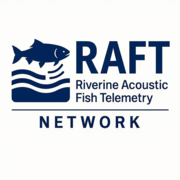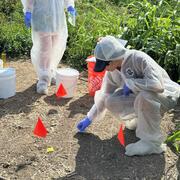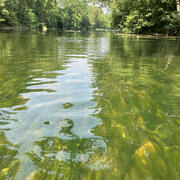Upper Midwest Environmental Sciences Center
Long Term Resource Monitoring
Ecological Status and Trends of the Upper Mississippi and Illinois Rivers
UMESC Activity Report for March 2025 – September 2025
Publications and Products
Scientific Investigations Report
Breeding Birds of the Upper Mississippi River Floodplain Forest: One Community in a Changing Forest, 1994 to 1997
Bat Research
White-nose syndrome (WNS) caused by the fungal pathogen Pseudogymnoascus destructans (Pd)
Conservation of Native Freshwater Mussels
Freshwater mussels are the most imperiled group of animals in North America, with 66% of species at risk.
UMRR Long Term Resource Monitoring
The LTRM is the Nation's largest river monitoring program with six remote state-operated field stations.
Upper Midwest Environmental Sciences Center
Welcome to the Upper Midwest Environmental Sciences Center (UMESC). We are proud to be one of the leading research centers conducting ecological research to support the Department of the Interior's and other local, state and federal resource agencies management of natural resources, fish, and wildlife.




